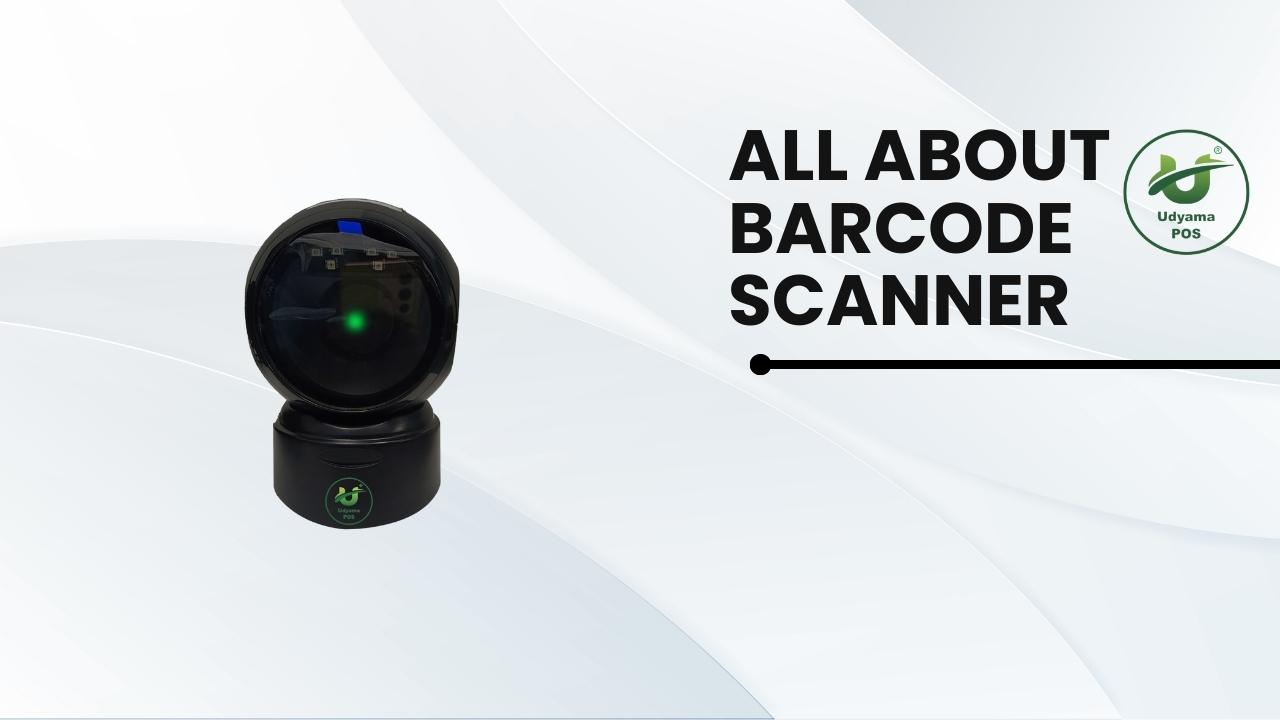All About Barcode Scanner

A barcode scanner, also known as a barcode reader, is a device used to capture and decode information stored in barcode symbols. Barcodes are visual representations of data that are used to identify products, items, or entities in a standardized format. Barcode scanners are commonly used in various industries for tasks such as inventory management, point-of-sale transactions, tracking shipments, and more. Here’s an overview of barcode scanners:
-
Types of Barcode Scanners:
- Laser Barcode Scanners: These scanners use a laser beam to read barcodes. They are fast and accurate, but they typically require the scanner to be aimed directly at the barcode.
- Linear Imager Barcode Scanners: Linear imagers use LED technology to capture barcode data. They can read barcodes from a variety of angles, which can be more convenient.
- 2D Imager Barcode Scanners: These scanners can read both traditional 1D barcodes and 2D barcodes, which store more information in a two-dimensional pattern. They are versatile and can read barcodes from various surfaces and angles.
- Camera-Based Barcode Scanners: These scanners use a built-in camera to capture barcode images. They can decode both 1D and 2D barcodes and can sometimes also decode QR codes.
-
Wired vs. Wireless Barcode Scanners:
- Wired: Wired barcode scanners are connected to a computer or POS system using a cable. They are often more reliable and require no battery charging.
- Wireless: Wireless barcode scanners use Bluetooth or other wireless technologies to connect to devices. They offer more mobility and can be used at a distance from the connected device.
-
Handheld vs. Presentation Barcode Scanners:
- Handheld: Handheld barcode scanners are held in the hand and manually aimed at the barcode. They offer flexibility and can be used in various settings.
- Presentation: Presentation barcode scanners are often used in retail environments. They are fixed in a stand or mount, allowing items to be passed in front of the scanner for quick and easy scanning.
-
Barcode Symbologies:
- Different industries and applications use specific barcode symbologies (formats). Common ones include UPC, EAN, Code 39, Code 128, QR Code, and Data Matrix. The choice of symbology depends on the type of data being encoded and the intended use.
-
Use Cases:
- Retail: Barcode scanners are used at point-of-sale (POS) terminals to quickly and accurately scan product barcodes for pricing and inventory tracking.
- Warehousing and Logistics: Barcode scanners are used to track incoming and outgoing shipments, manage inventory levels, and improve order accuracy.
- Healthcare: Barcode scanners help manage medical inventory, patient identification, and medication administration.
- Manufacturing: Barcode scanning is used for tracking parts, components, and work-in-progress items on the production line.
Key considerations when choosing a barcode scanner:
- Scanning Distance: Consider the required scanning distance for your specific use case.
- Barcode Types: Ensure that the scanner supports the barcode symbologies you intend to use.
- Connectivity: Choose between wired and wireless options based on your needs.
- Durability: Depending on the environment (retail, warehouse, outdoors), choose a scanner with appropriate durability features.
- Software Compatibility: Check if the scanner works with your existing software or POS system.
- Ease of Use: Look for scanners that are user-friendly and comfortable to hold.
Barcode scanners are valuable tools for improving efficiency, accuracy, and organization across various industries. It’s important to select a barcode scanner that aligns with your specific requirements and use case.

